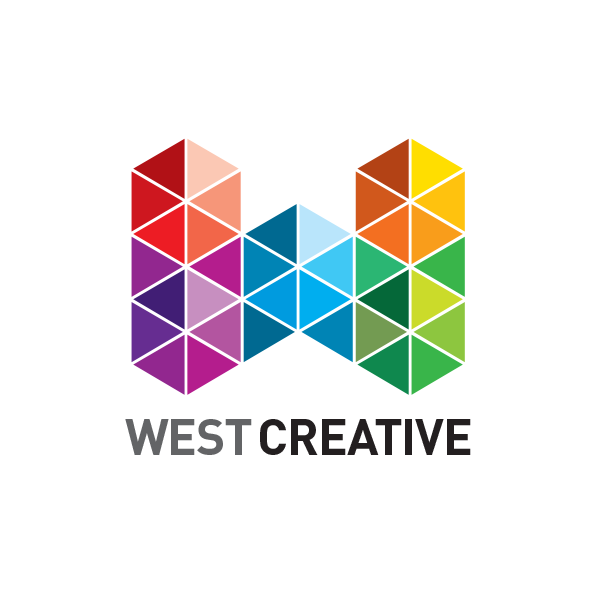5 planning remedies to keep the sanity of creative professionals
Mention planning to most creative thinkers when they have a storm of ideas flowing and they frown with discontent, as if the mere idea will dampen their spark. Fear not! Instead feast on these planning tools that I’ve shared with hundreds of creative entrepreneurs, helping them grow successful businesses:
Keep Some Pennies Behind
It’s often tempting to assign every last penny to the budget to stretch it as far as you can. But, therein lays the first pitfall. It’s a good idea, once you’ve allocated your earnings, to keep a margin of 30% for your materials budget unallocated. This isn’t about duping your client; instead its one of planning tools that allows you to have a contingency. If you break that special piece of Perspex or buy an image that doesn’t end up working you’ll have that spare kitty. It might be painful at the start, nut once you’ve kept the margin you’ll find creativity flows better as you can afford to make mistakes.
Hide the Deadline
You’re not being dishonest if you keep the actual deadline from your suppliers, your just using one of the planning tools. Even if it’s your mate that is supplying some welding or a professional printer providing the final artwork, never ever give them your real deadline. You’re not challenging their integrity, instead just be mindful that genuine delays crop up and with suppliers there is little you can do to influence them. We’ve all stretched a deadline by a day or two – but if you haven’t built this into your actual timeline then you’ll feel like your world is collapsing in on you when you face your client’s deadline.
Show Your Cards from the Start
Collaborative working gets the juices flowing and is often the method of choice by creative thinkers, but somewhere down the line the partnership can often get in a tangle, communication lines crossed and ownership confused. Save yourself a lot of emotional waste by writing a short agreement at the start of the project planning. Agree the aim of the project, assign roles and set out some deadlines. If you’re creating something that might generate money (an app, licensed design etc) then set out how the finances will work – who will get what share, how quickly it will be paid, when and how you will resolve any grievances.
Check Understanding
One of the most common headaches in creating new work for a client or in a collaboration is misunderstanding. No matter how many times you explain yourself during the planning, sketch the idea, build a model, they still ask stupid questions – a familiar feeling? This trick here is less is often more, a key message when it comes to planning tools. Instead of over explaining (which is exhausting for all), take time to ask questions. Ask them to explain back to you in their own words what they think you are saying, ask them to explain the idea to a colleague in the meeting or to one of your friends. Don’t fret if they get it wrong, instead listen to the areas where they stumble and try to illuminate their understanding. And remember communication is ongoing so keep up this skill right until the end.
Lists
It’s difficult not to hear the voice of your mum in your head when someone says “have you written a list?” but without them, frankly your planning is screwed. I always encourage people to go one step further and plan a list alongside a timeline. It’s really good to plot each activity on separate lines so you can work out which deadlines to give to each activity and to let your suppliers know their deadline.
James West
Creative Industry Business Adviser
& West Creative Founder
I’m always keen to learn something new. Do you have a planning tools tip that helps keep you sane?

